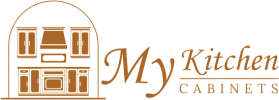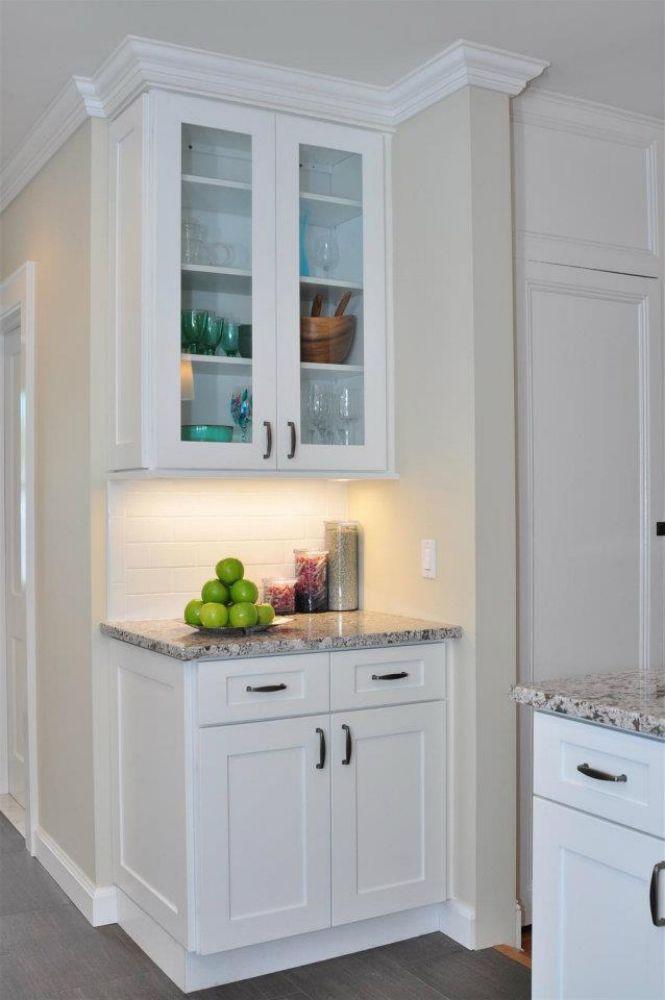Designing a kitchen involves making thoughtful decisions about storage solutions, functionality, and aesthetics. Two of the most common storage choices are floating shelves and traditional kitchen cabinets. Both serve unique purposes and carry advantages depending on your needs, lifestyle, and design preferences. While floating shelves offer a modern, airy look, cabinets provide durability, organization, and concealed storage. This article explores their differences in depth, helping you decide which option suits your home best.
The Visual Impact of Floating Shelves vs. Kitchen Cabinets
Floating shelves are known for their sleek, minimalist appeal. They create an open and airy atmosphere, often making kitchens feel larger and less cluttered. This style also allows you to showcase decorative items, glassware, or colorful dishes, adding personality to your space.
On the other hand, kitchen cabinets offer a timeless appearance with countless design options. From shaker-style doors to glossy finishes, cabinets can align with any interior theme—traditional, modern, or rustic. Cabinets also provide uniformity, helping maintain a neat and organized kitchen environment.
Storage Capacity and Organization
One of the most significant differences lies in storage. Floating shelves provide limited capacity since items are displayed openly and must be carefully arranged to avoid clutter. They work well for lighter kitchenware or frequently used essentials but aren’t suited for heavy appliances or bulk pantry items.
Kitchen cabinets, however, excel in storage and organization. They come with customizable compartments, shelves, and drawers, making them highly functional. Whether it’s hiding cleaning supplies, storing heavy pots, or keeping food items away from light exposure, cabinets offer unmatched versatility.
Practicality and Maintenance
When it comes to practicality, cabinets are generally more forgiving. They shield items from dust, grease, and moisture—factors common in kitchen environments. Floating shelves, while stylish, require frequent cleaning as items on display can quickly collect dust and residue from cooking.
Maintenance also differs. Cabinets may need occasional hinge adjustments or touch-ups to the finish, but overall, they require less day-to-day effort compared to the constant upkeep floating shelves demand.
Cost and Installation Considerations
Floating shelves are often less expensive upfront and easier to install. They can be mounted without major renovations, making them an attractive option for quick kitchen updates. However, high-quality floating shelves designed to bear weight can be costly.
Kitchen cabinets involve a larger investment, both in material and labor. Installation is more complex, especially if custom designs are involved. Despite this, cabinets add long-term value to your home, often making them a worthwhile investment.
Safety and Durability
Durability is another area where cabinets shine. They are built to withstand heavy use, making them a long-term solution for family kitchens. Cabinets also reduce the risk of accidents by safely enclosing sharp objects or fragile glassware.
Floating shelves, while sturdy when installed correctly, may not be suitable for households with young children or pets. Heavier items stored openly can pose safety risks if shelves are overloaded or improperly anchored.
Style Flexibility and Customization
Floating shelves provide creative freedom. They allow homeowners to mix and match finishes, integrate accent lighting, or display curated kitchenware collections. They’re ideal for those who enjoy a “pet friendly” lifestyle where easy-to-clean, open areas complement everyday routines.
Cabinets, however, offer broader customization with endless door styles, finishes, and hardware choices. From elegant glass fronts to hidden pull-out systems, cabinets are tailored to provide both form and function, making them an adaptable choice for any kitchen design.
Combining Floating Shelves and Kitchen Cabinets
Many modern kitchens combine both storage solutions. Cabinets serve as the backbone of storage, keeping essentials tucked away, while floating shelves act as accent pieces that enhance design and accessibility. This hybrid approach allows for maximum practicality without sacrificing aesthetics.
Why Choose Us?
At My Kitchen Cabinets, we believe storage should balance elegance and efficiency. Our collection of cabinets is designed to meet every lifestyle, whether you prefer traditional enclosed storage or a blend of open and closed solutions. With durable materials, customizable designs, and finishes to complement your kitchen style, we make it simple to create a space that reflects your vision while maintaining functionality.
Conclusion
Floating shelves and kitchen cabinets each offer unique benefits. Floating shelves bring openness and a touch of contemporary style, but they require careful curation and regular upkeep. Cabinets deliver unmatched storage, organization, and durability, making them a reliable choice for everyday life. Ultimately, the decision depends on your priorities—whether you value display, practicality, or a combination of both. For many homeowners, a blend of the two creates the ideal balance of beauty and function.
Frequently Asked Questions
Q: How do floating shelves compare to kitchen cabinets?
A: Floating shelves offer a modern, airy look but limited storage capacity and require frequent cleaning. Kitchen cabinets provide more storage, organization, and protection for your items, making them more practical for everyday use.
Q: Are floating shelves strong enough to hold heavy kitchen items?
A: While well-installed floating shelves can support moderate weight, they are not ideal for heavy pots, pans, or appliances. Cabinets are better suited for heavier items.
Q: Can I mix floating shelves with cabinets in the same kitchen?
A: Yes, many homeowners combine both for style and functionality. Cabinets handle bulk storage, while floating shelves provide easy access to everyday items or decorative displays.
Q: Which option is more cost-effective: floating shelves or cabinets?
A: Floating shelves typically cost less upfront but may lack the durability and storage that cabinets provide. Cabinets are a bigger investment but add long-term value to your home.
Q: Are floating shelves or cabinets easier to maintain?
A: Cabinets are easier to maintain since they protect items from dust and grease. Floating shelves require frequent cleaning and careful organization to avoid a cluttered appearance.

